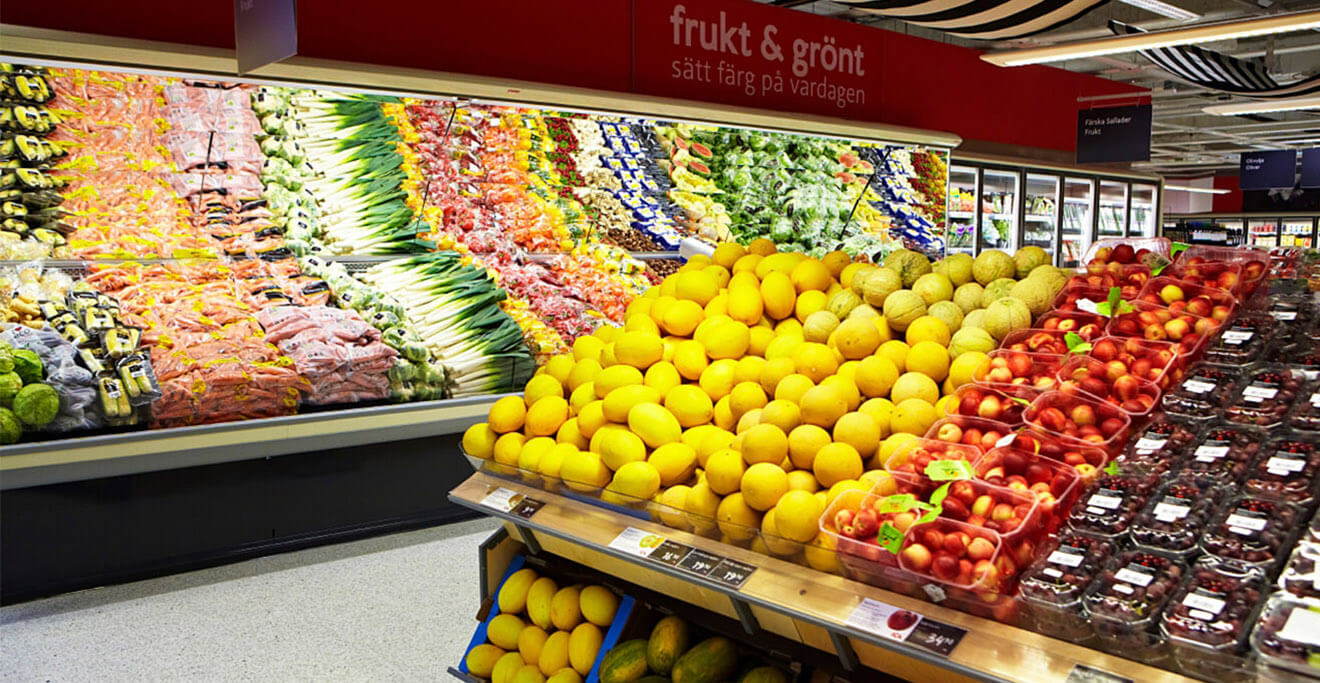Podcast: Nudging the Nordics towards eating more sustainably

Featuring: Michael Minter, Head of Programme at CONCITO, Luka Balac and Carlos Henriques, Restaurant Nolla, Helsinki, Dr Rune Blomhoff, Professor at the University of Oslo, Anne Pøhl Enevoldson, Head of Sustainable Food and Health at the Danish Veterinary and Food Administration, Anna-Karin Quetel, Sustainable Strategist at the National Food Administration of Sweden
The Foreign Desk: Sustainable food choices – listen to the podcast here
In this podcast, host Michael Booth discusses the need for the shft of food consumption patterns in Nordic countries. A quarter of emissions are food related and the Nordic countries have the highest per capita food emissions due to the large amount of food imported. To combat this issue, lifestyle changes, like what foods people buy at supermarkets, need to be made because people rarely think about emissions when shopping.
Anna-Karin Quetel, Sustainable Strategist at the National Food Administration of Sweden, discusses the dietary guidlines in Sweden. She explains how only 1/10 of the Swedish population eat in line with the dietary guidlines because there is a limited reach. There is a need for more education and workplace engagement on what foods have the largest carbon emissions per product. She thinks strategies like carbon labeling on products and changing what is for sale in shops and their prices are a few ways to combat the issue. However, due to how cheap and easy unsustainable and processed foods are, people will continue to by them if there is not an incentive to switch their consumption patterns.
Anne Pøhl Enevoldson, Head of Sustainable Food and Health at the Danish Veterinary and Food Administration, focuses on the climate footprint of products versus sustainability because of the quantitative data that exists. Similar to Sweden, most people do not know the dietary guidlines in relation to carbon footprint, thus more extensive campaigns need to reach more people. Enevoldson found that with a new campaign 50% more people knew the dietary guidlines, but they stil did not follow them. Therefore, changes like labeling with climate impacts and regulations are necessary in Denmark.
Michael Minter, Head of Programme at CONCITO, has the objective to inform consumers of the carbon footprint of day to day products that we buy at the supermarket. At CONCITO, they use a top down analysis to calculate the carbon footprint of the global food system and distribute it per product using an average. With this, each ingredient and product's carbon footprint is known, so simply switching an ingredient can make a difference. For example, fish consumption on the whole needs to be decreased because wild fish are becoming scarce and farm fish are more common, but worse for the carbon footprint.
Dr Rune Blomhoff, Professor at the University of Oslo, shifts the focus to incorporating sustainability into food based guidlines because no country has done this yet. This is due to the extensive issues that need to be addressed like biodiversity, land use, deforestation, and more. He takes a purely scientific approach to suggesting guidlines and admits that no guidlines are final because science changes with new evidence. His job is to synthesize the present evidence.
The last guests on the podcasts were Luka Balac and Carlos Henriques, from Restaurant Nolla, in Helsinki. Their restaurant is known for their modern composting machine. Beyond that, they discuss the importants of buying their ingredients and products from local sources to cut carbon produced from transporation. A widespread ideology to support sustainability within retaurants is "maximizing resources" which, in turn, minimizes waste.





